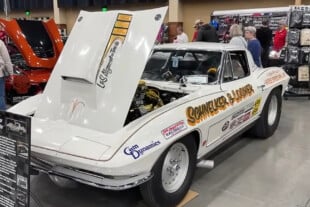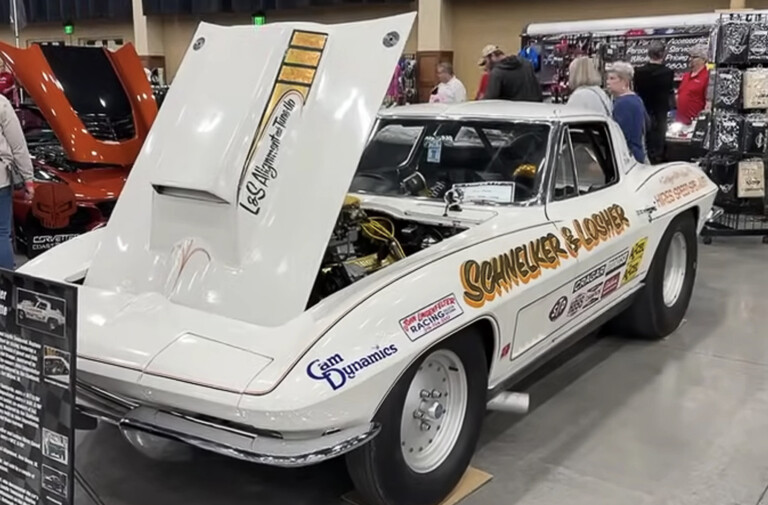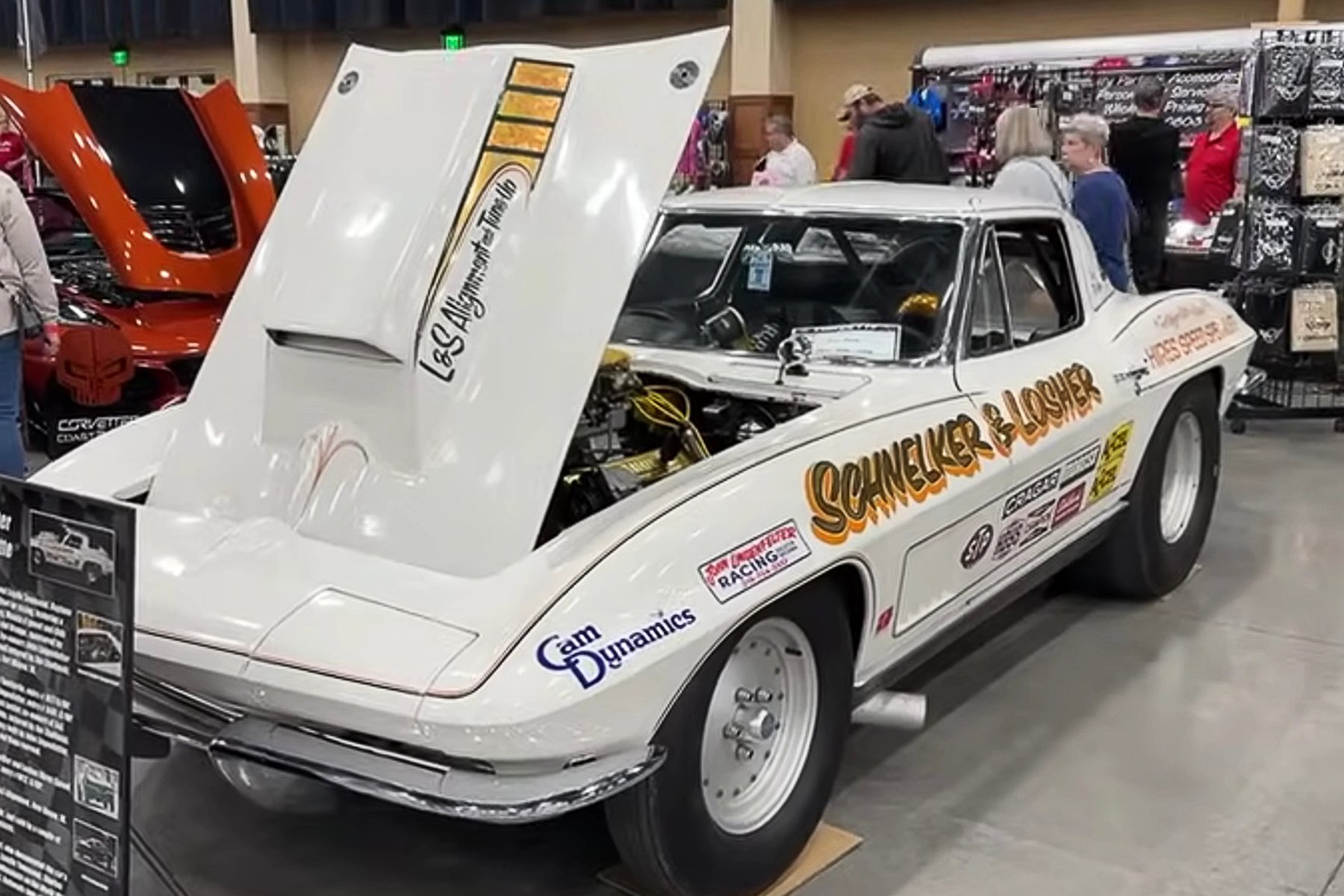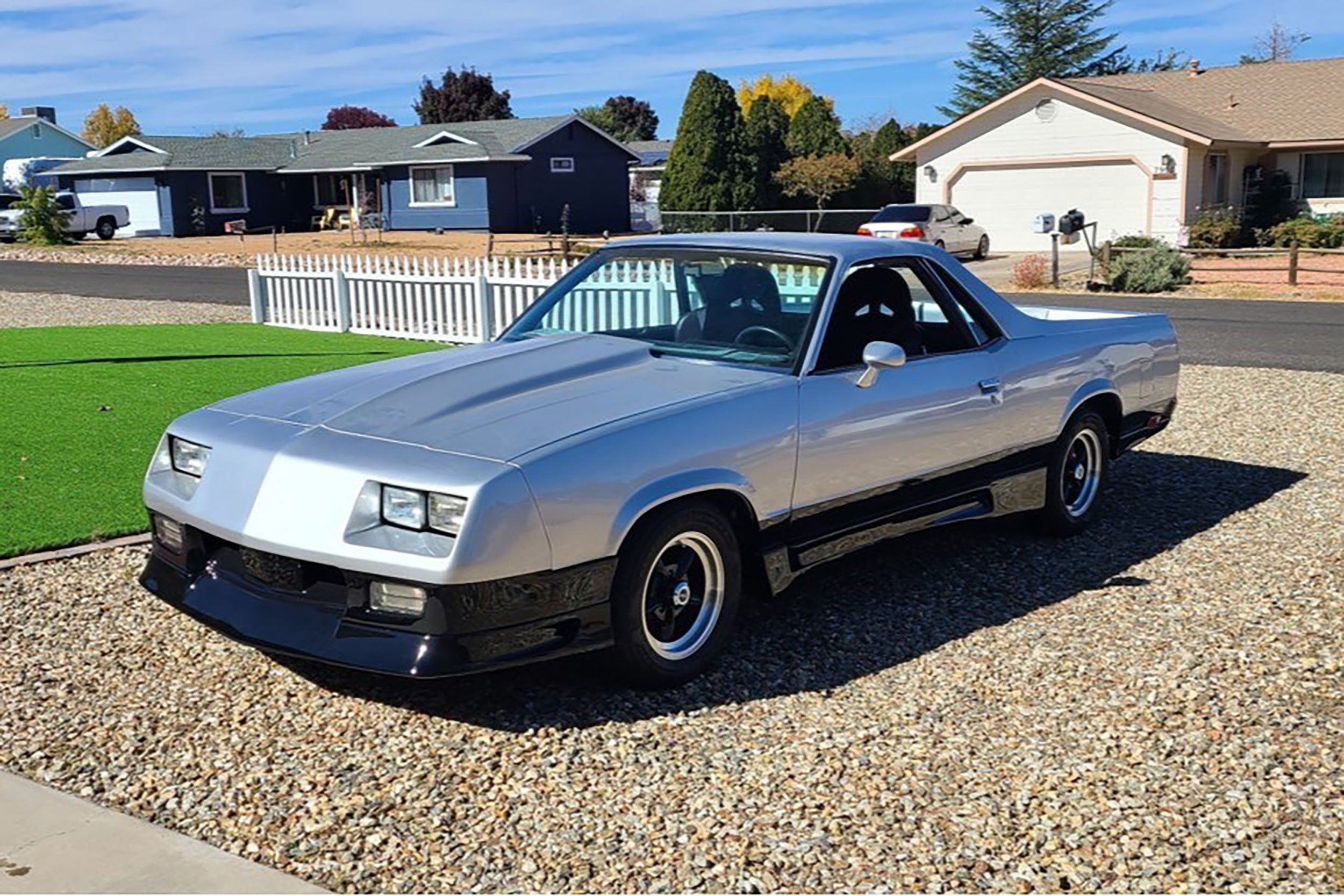The year 1968 was full of musclecar offerings, what with the Chevelle, Camaro, and even and SS Impala. Horsepower was was within the grasp of everyone, but what about the Corvette? Sure, it could deliver as much horsepower as anyone could need, but many thought that there could be more to the car. The thought of a mid-engine Corvette had been on the minds of Chevrolet designers for years, but what some of you might not realize, is that the green light was given to design such a car a few years prior.
It was in 1968 when Project XP-880 was finally introduced at the New York Auto Show. The Astro II was designed to be a personal sports car, designed to carry two passengers and their luggage. According to a GM-sourced memo, “The previously-built Astro One was a styling exercise car that had a rear, air-cooled engine, and featured two seats that raised and lowered with the top. However, the Astro II is to be an operating car with — in general, the size and accommodations comparable to a Corvette.”
The lead engineer, Zora Arkus-Duntov, and GM’s styling chief, Bill Mitchell, were hoping the Astro II would be a concept of what they hoped would be the next generation Corvette. Unfortunately, the upper brass at GM felt that the public was not ready for a mid-engine sports car.
By using off-the-shelf parts, designers were able to deliver the car at a relatively low cost. The front suspension consisted of A-arms mounted to the chassis, which was referred to as a spine structure due to its center “back bone.” On the front, the A-arm suspension was combined with inclined coil springs and shock absorbers. The rear suspension was very Corvette-like, with upper control arms, lower lateral-links, and a transverse leaf spring. Braking was accomplished with four-wheel disc brakes, and steering was handled via a rack-and-pinion system. It was decided that power assist was not required for the steering.
Motivation was handled by a 390 horsepower 427 cubic-inch big-block engine that was mated to a two-speed transaxle that used to serve duty in the Pontiac Tempest. The radiator in the Astro II was located at the rear of the car to minimize the amount of plumbing required, and this also kept the hot water lines from routing through the passenger compartment if installed at the front of the car. By placing the radiator in the rear of the car, the front compartment could be used for storage.
The body was made of reinforced fiberglass, and the rear section hinged at the back to provide access to the engine and drivetrain. The front storage area lifted like a standard hood, and the top was a one-piece construction that could be lifted off of the car.
The passengers were to be protected by a rollbar, and an unusual design feature of this car was the way by which the doors were cut into the bottom of the body. The design of the doors made entrance and exit of the car easy, and the closed door actually comprised the outer portion of the seat.
According to the GM memo we found, “The driver and passenger are snugly enclosed with ample lateral support.” The padded surfaces were advantageous, because of the high maneuverability of this vehicle. The instrumentation was traditional in style, with a 270-degree-sweep speedometer, and an 8,000 rpm tachometer. The rest of the gauges included water temperature, oil pressure, ammeter, and fuel level. A new twist was the sliding gear selector used as opposed to the traditional lever.
Although the Astro II and the mid-engine Corvette idea never materialized, the car definitely gave credence to the idea. The Astro II now resides at the GM Heritage Center. So let’s revive the discussion, should Chevrolet build a mid-engine Corvette? Even if built in a limited production, would the car be a sales disaster or triumph? Let us know what you think.























